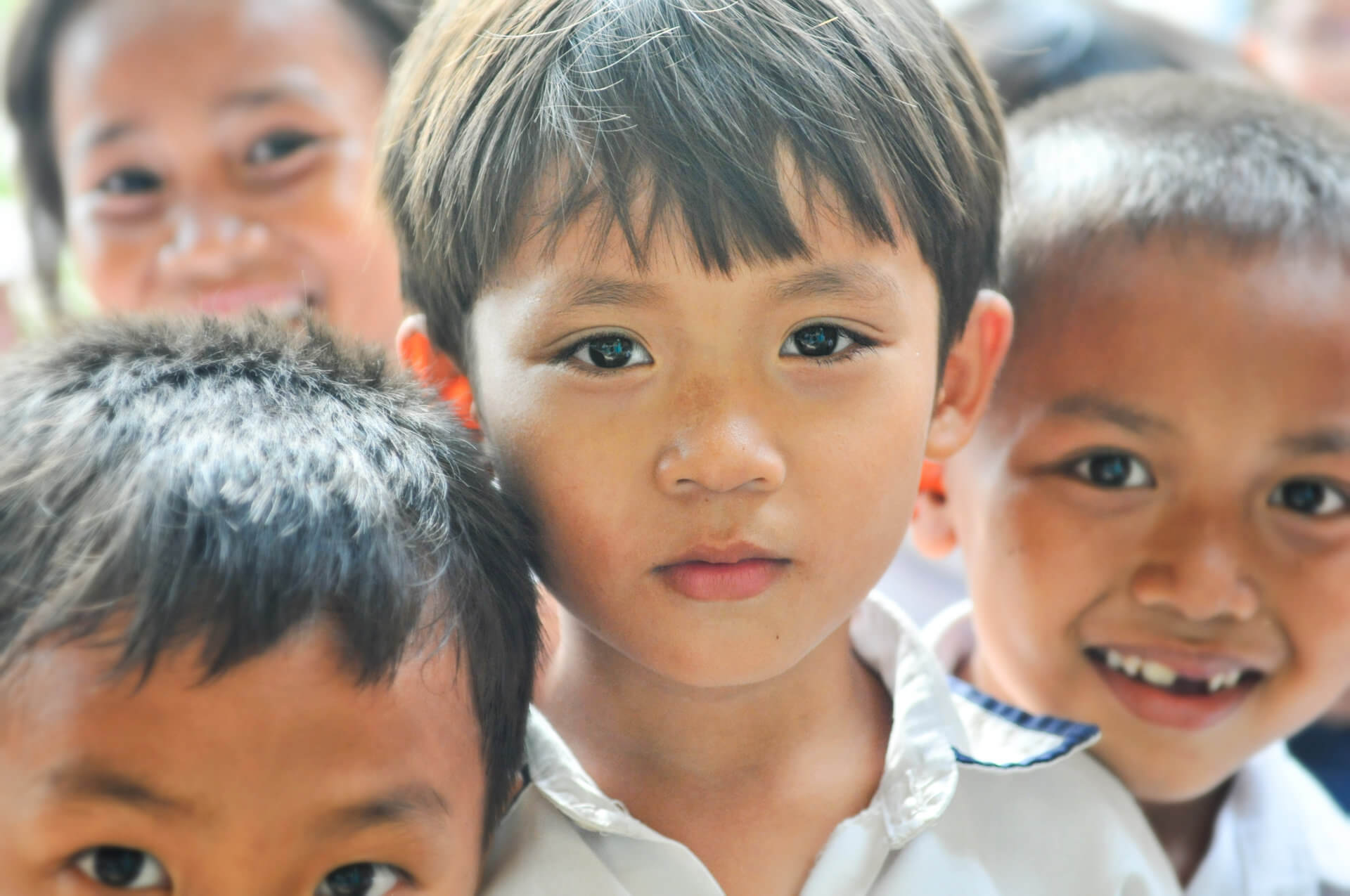When most people hear the word “trauma,” they often think of something that has not directly happened to them and “only happens to other people.” According to the National Survey of Children’s Health (NSCH), approximately 35 million US children and adolescents have experienced a childhood trauma or adverse childhood experiences (ACEs).
As this number seems large, you may be wondering what constitutes as a childhood traumatic event. Childhood trauma can be defined as abuse (e.g., sexual, physical), witnessing domestic violence (DV), neglect, accidents, chronic or sudden medical illness, and/or death in the family, in addition to parental mental or medical illness, substance use, divorce, and/or incarceration.
For children, ACEs or traumatic events, feel confusing and/or upsetting. Given this information, you may reconsider if you or someone you know has been through a traumatic event.
Often times, children and adolescents who are affected by traumatic events do not recognize the symptomology.
First off, most children are not aware they experience trauma because of the high frequency of adverse events, ultimately making the idea of, let’s say, abuse or neglect, a “normal” experience. This is also true for caregivers who typically have challenges identifying symptoms of trauma.
Here are some signs and symptoms that are typical for children and adolescents who have experienced traumatic events:
- Hypervigilance/hyperarousal: This is an abnormal state of increased responsiveness to stimuli accompanied by physiological and psychological symptoms (e.g., increased alertness, elevated heart rate & breathing). Most children dislike loud and abrupt noises and often feel “jumpy” or appear “wide-eyed” looking out for potential danger.
- Avoidance: Avoidance of thinking or talking about the traumatic event and/or places, activities or people connected to the traumatic event.
- Intrusive or unwanted thoughts: Recurrent, undesired distressing flashbacks, thoughts, or memories of the traumatic event. Often times, a child may feel they are “reliving” the event or experience nightmares related to the event.
As the world often feels unpredictable, unstable, and chaotic for these children, creating an environment that promotes a child’s socioemotional well-being is imperative. Here are some helpful parenting tips to promote:
- Stability and Consistency: Containing the space, also known as limiting your child’s options for various activities, can help reduce a child’s anxiety. This increases opportunities for children to feel safe because the world feels somewhat predictable as the rules stay consistent and the same. Children with trauma often feel the world is ever-changing. With rules and boundaries, the child learns consistency in routine, that an authority figure is in charge, and they are safe. Rules create invisible parameters to promote healthy growth and well-being. Children are more aware than we know and respond well (as seen by their positive change in behaviors) to rule-setting/boundaries helping them know what is and is not okay. They are even more likely to apply rule following in other settings such as with teachers in the classroom or other parents on play dates!
- Predictability: Anxiety is typically referred to as the fear of the unknown. So, if we can address and dismantle a child’s uncertainty, we give children the control and knowledge by setting expectations for events and activities beforehand via predictability. As we cannot control all events in our children’s lives, we can set them up for success by providing information about what to expect in certain situations. For example, if you are leaving the house to go to the store and your child is nervous about your whereabouts, informing them of the details of your trip, time frame, and accessibility (e.g., contact while you’re gone) is helpful to decrease anxiety. This allows your child to know what to expect.
- Safety: Environments that limit chaos and increase predictability, provide children with a safer space to grow. For example, this does not mean having a relationship with your partner free of arguments, but rather taking those arguments in a private space – ultimately limiting your child’s exposure to conflicting narratives. Additionally, informing your child on who to contact and what to do in case of emergencies is setting your child up for success. Providing open spaces for your child to disclose feelings and thoughts, without judgement, is largely helpful to promote safe spaces to grow. Children who have experienced trauma are often fearful of sharing information with caregivers due to fear of punishment. Informing your child prior to traumatic events of your unconditional and supportive stance, may increase the likelihood your child will feel inclined to share their challenges and/or possible ACEs with you.
When behavior or symptoms seems unmanageable and/or are interfering with your child’s functioning (e.g., academic, social, emotional), it is important to seek professional mental health services with a trauma-informed clinician. Specific mental health treatment interventions such as Trauma-focused Cognitive Behavioral Therapy (TF-CBT; https://tfcbt.org/) or Parent-Child Interaction Therapy (PCIT; https://pcit.ucdavis.edu/) can be significantly helpful to alleviate your little one’s symptoms and future successes. Additional considerations for professional intervention may be considered during or after a traumatic event is experienced, despite transparent symptoms.
References:
https://www.childhealthdata.org/learn-about-the-nsch/NSCH
Bio: Nicole Hisaka, PsyD is a Postdoctoral Scholar at the Stress, Trauma and Resilience (STAR) Clinic in the Jane and Terry Semel Institute for Neuroscience and Human Behavior at UCLA and Adjunct Faculty at Pepperdine University’s Graduate School of Education and Psychology (GSEP). Dr. Hisaka specializes in treating youth and families who have experienced trauma and other stressors, with an emphasis on parent-child interaction therapy, trauma-focused cognitive behavioral therapy, and child and parent group therapy. Prior to Dr. Hisaka’s fellowship at UCLA, she completed her clinical internship at UC Davis Children’s Hospital where she specialized in complex childhood trauma treatment and child-welfare evaluations working with underserved, foster-care, and adopted youth populations.


